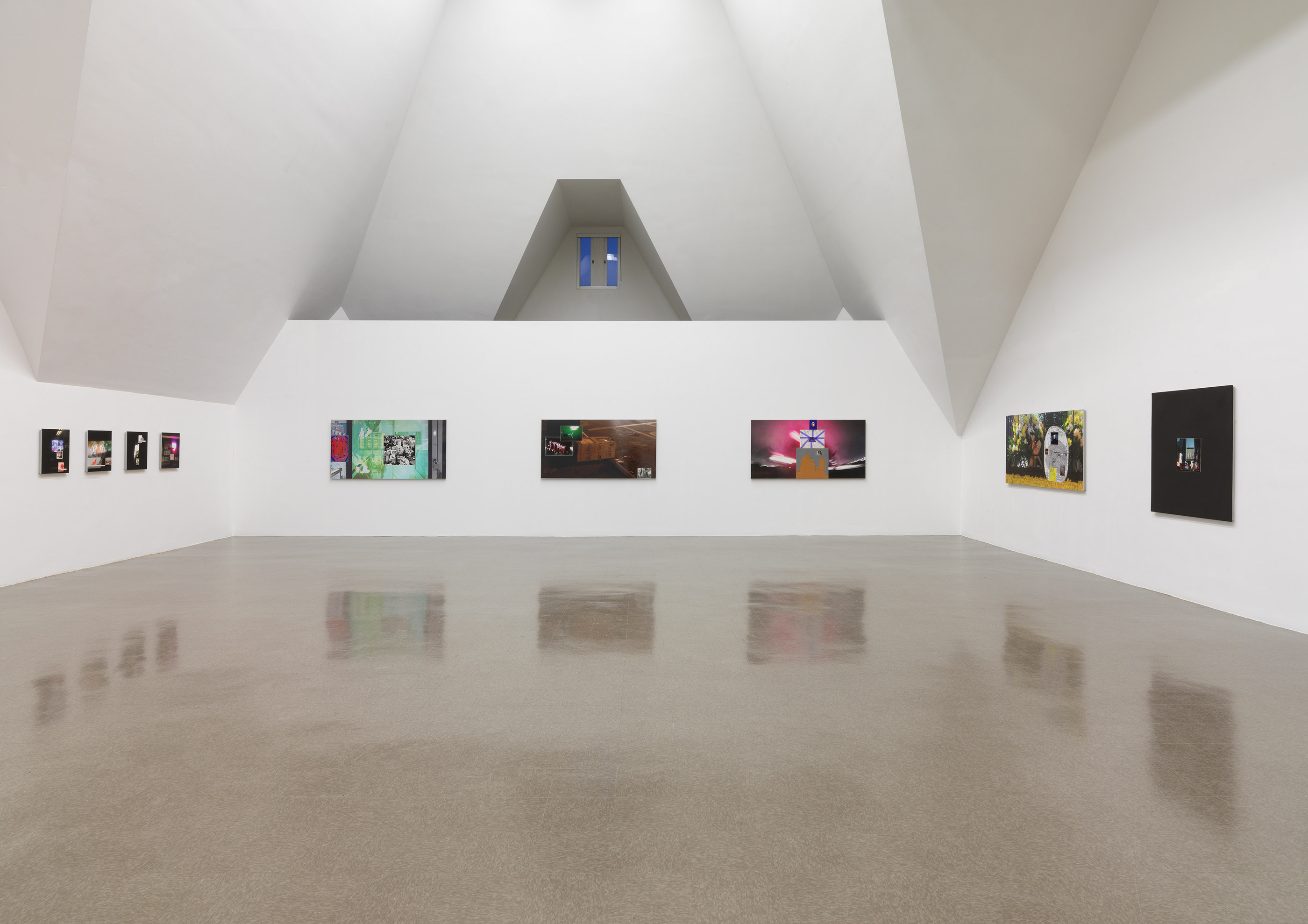There are limits to how far artists can push works of art, but few test them as forcefully as Sadie Benning. Benning’s installation on view now at the University of Chicago’s Renaissance Society attempts to give viewers a Shared Eye on US politics and history, conjuring a kind of collective memory through the rhythmic sequencing of panels and our subjective interpretations of their interpolations. That aim might already be a mouthful, but Benning does not stop there. Taking leeway with what she calls the “complexities” of visual media, she wanders far afield into contemporary art’s hottest clichés. Cut up and reassembled from digital snapshots, found photos, trinkets, and painted segments, Benning’s panels collapse and expand media. As physical objects, they are neither here nor there, neither the one nor the other. Unfortunately, the artist takes the same postmodern tack to their subject matter, willing it to hover in the ether and float away at first sight.
The operative word here might be “edgy.” Work that cannot be defined as belonging to any one medium is in vogue these days. So too are poetic ambitions that might sound heady in artists’ statements, but are, in reality, simply flighty. Benning has modeled her installation on Blinky Palermo’s 1976 piece To the People of New York City, arranging its 40 panels in 15 sequences that mimic Palermo’s precisely. Palermo’s nonrepresentational paintings are the very abstractions one would expect from the era in which they were made, solid squares of color, but their reliance upon spacing and hanging to gain meaning lent a distinctive musicality to their arrangement. Benning’s replication of that effort shares the selfsame goal of transforming visual media (although already unidentifiable) into something other than what it is, and that something is nonvisual. For Benning, Shared Eye is narrative, music, poetry, gathering meaning in transitions and lapses and juxtapositions of symbolic elements.
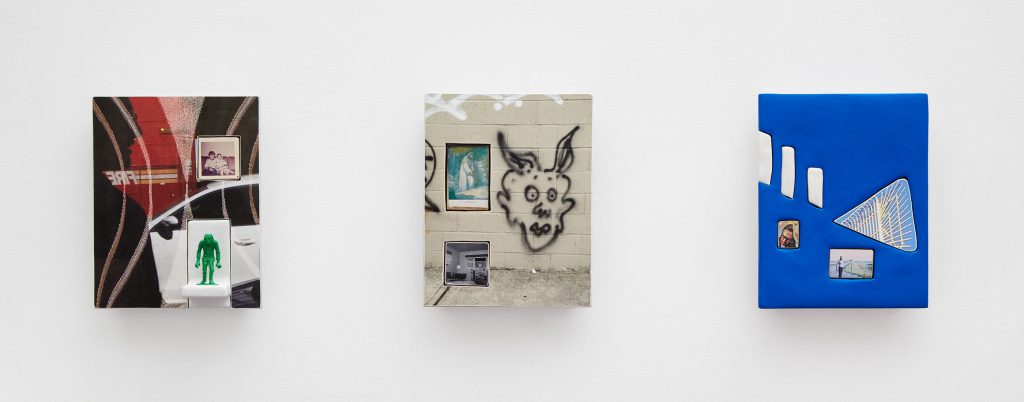
My eye might not be communal enough, as I see in Benning’s work not some synesthetic verse but rather a board game composed of squares and pieces. To be fair, the scope of creating “new meaning” and disrupting “systems of organizing information,” as Benning (or perhaps the curator) sets out to do, is no small undertaking. But relying on the insertion of trinkets into her sculptural panels, although playful, is not the right approach to the formidable task of forging new collective memories. Toys such as play money, a tiny bust of JFK, plastic dinosaurs, Dracula, or a dollhouse calendar from 1984 might have resonance, but they are hardly disruptive. I have read Orwell and believe in evolution. Beyond creating works of art that will escape classification and indeed become something other than what they are, which sounds by no means easy, Benning aims to subvert the associations we inherit in a culture suffused with capitalism, patriarchy, racism, and xenophobia.
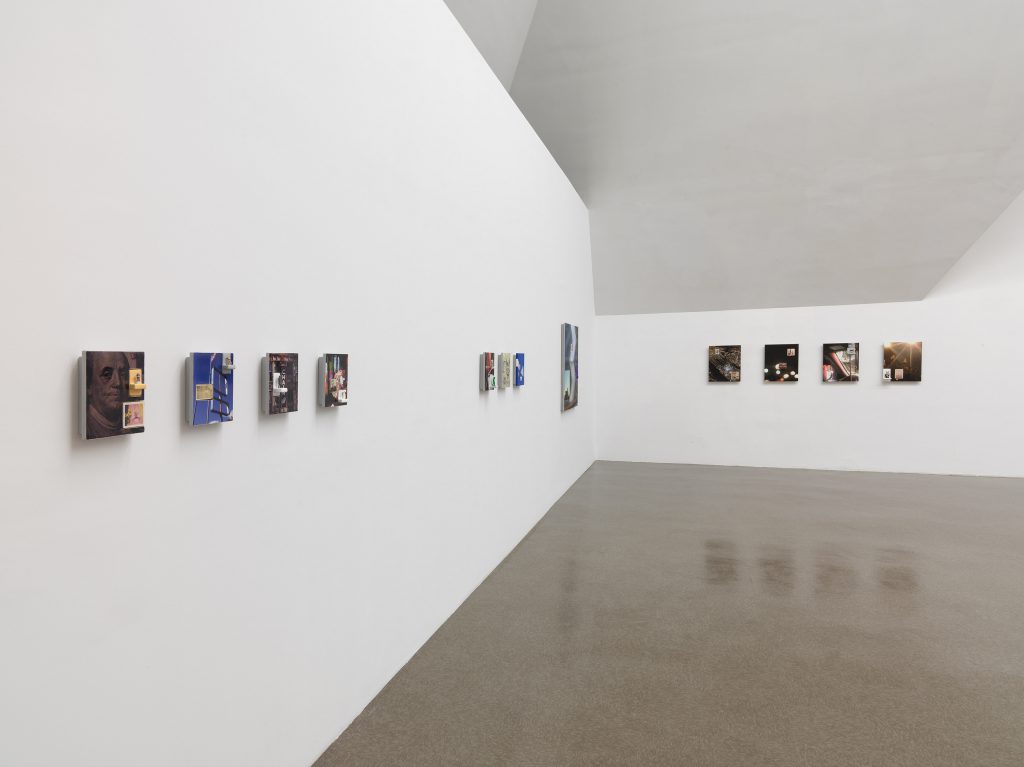
In the wake of a painful election and the subsequent explosion of hate crime tracked by the Southern Poverty Law Center, we need artists now more than ever to grapple with these realities. Shared Eye gestures toward US politics and history—in fact, I believe it is possible to tease out a nonlinear timeline of sorts from the installation—but does not engage them. It does so obliquely, through objects such as a prayer card, a colonial soldier trinket, or a photograph of a toppled Gay City News newsstand, and directly, through stars and stripes, Navy jets, the Klan, Hess gas, and references to Nixon. But the overall effect, while certainly open to interpretation, is garbled.
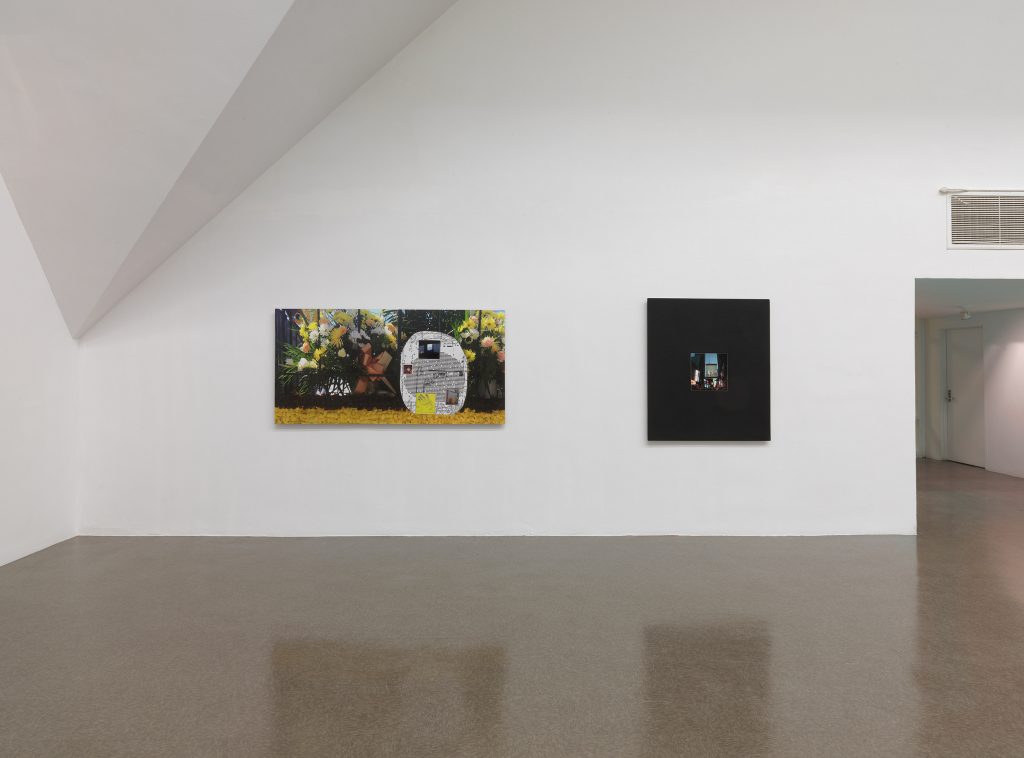
These might be the “complexities” Benning seeks in visual communication. But her subject matter is already complex, and needs no further obfuscation. Rather, what is necessary, and far more difficult to achieve, is clarity. Collective memory shapes personal experience, but the relation between the two is not evidently reciprocal. This might present a challenge Benning alone cannot overcome with her installation. While the scope of her work is ambitious, her execution cannot keep pace with her intentions. The old adage comes to mind: sometimes less really is more. Less is certainly what is needed to allow Shared Eye to deliver on some, but not all, of its promises.
Featured Image: Sadie Benning, Shared Eye, installation view, 2016. Courtesy of the artist and Susanne Vielmetter Projects Los Angeles. Photo: Tom Van Eynde.
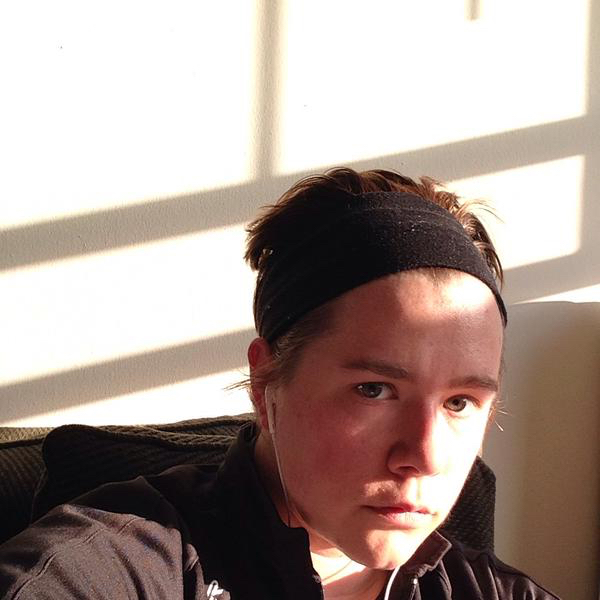
Robyn Day is a graduate student in the photography MFA program at Columbia College Chicago and former arts critic at Art New England, Big Red & Shiny, and WBUR’s The ARTery, Boston’s NPR news station.
